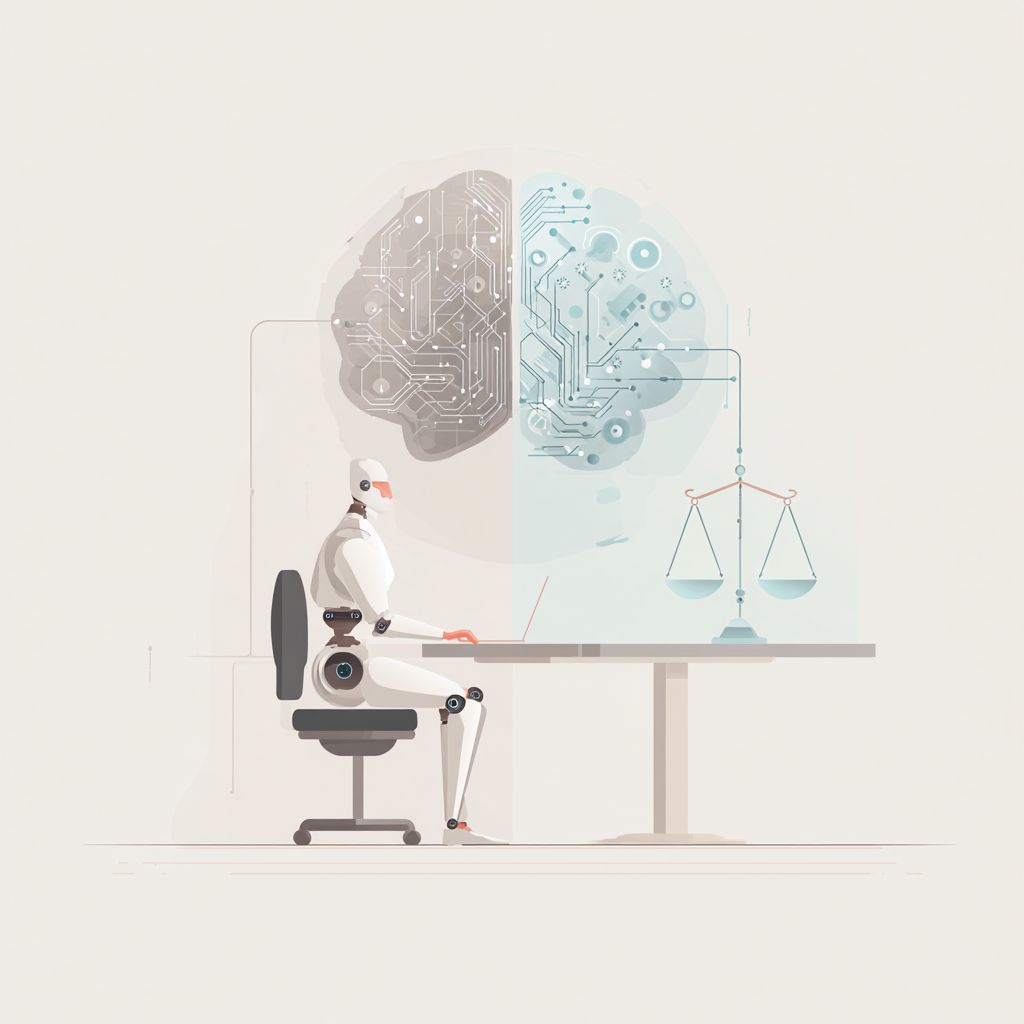
Artificial intelligence (AI) is quickly becoming a game-changer in the fields of speech-language pathology (SLP), occupational therapy (OT), school psychology, and special education. Recent research, including the study “Predicting developmental language disorders using artificial intelligence and a speech-data analysis tool” by Beccaluva et al. (2023), demonstrates how AI can empower therapists to make earlier, more objective, and more personalized interventions for children. This article explores what these trends mean for therapists, what they can learn, and how to adapt for a future where technology and human expertise work hand in hand.
Revolutionizing Assessment and Early Detection
Therapists have always relied on a blend of observation, standardized tools, and professional judgment to identify and support children with developmental or learning challenges. AI offers a powerful complement by bringing data-driven precision to the process.
Research Highlight:
Beccaluva et al. introduce MARS, a web-based AI application that analyzes children’s spoken language samples to predict the risk of Developmental Language Disorder (DLD). By evaluating rhythmic babbling, linguistic markers, and other features, MARS flags children who may benefit from closer monitoring or targeted intervention. The tool produced objective, quantifiable measures, helping to reduce the subjectivity inherent in traditional assessments.
What This Means for Therapy Professionals:
- Speech-Language Pathologists (SLPs): AI can quickly screen large numbers of children, identifying those who may need in-depth evaluation. This allows SLPs to allocate their time to complex cases, track subtle changes over time, and plan highly individualized interventions.
- Occupational Therapists (OTs): Language delays often go hand-in-hand with challenges in other areas (sensory processing, social skills, motor planning). OTs can use AI-generated insights to guide holistic intervention and coordinate with other professionals.
- School Psychologists and Special Educators: AI analyses can help confirm classroom observations, justify the need for Individualized Education Plans (IEPs), and provide an objective record of student progress.
Empowering Personalization and Progress Tracking
One of the greatest strengths of AI is its ability to analyze vast amounts of data quickly and fine-tune interventions for each client’s needs.
- Personalized Learning: AI-powered tools adapt materials and activities in real time based on the child’s responses. This helps keep students engaged and challenged, while aiding therapists in tracking which approaches work best.
- Progress Monitoring: Objective, automated data lets therapists measure growth over weeks and months—helping demonstrate the impact of intervention not only to parents and teams but also for educational planning and service review.
Best Practices: Integrating AI in Therapy and Education
To maximize the benefits and minimize risks, therapists should keep several principles in mind:
- AI as an Enhancement, Not a Replacement: AI is an invaluable partner, but should never replace direct clinical expertise. Therapists must interpret AI data within the full context of the child’s history, environment, and unique strengths.
- Safeguarding Privacy: With sensitive voice and language data in play, data privacy is paramount. Therapists are responsible for transparent communication with families and adherence to all relevant privacy laws and ethical standards.
- Mitigating Bias: AI tools are only as good as their training data. Professionals should stay alert to potential biases—ensuring tools are appropriate for the cultural, linguistic, and social backgrounds of each child.
- Continuous Professional Learning: AI is evolving rapidly. Ongoing education is essential for staying up-to-date and using new tools creatively and responsibly.
Collaboration Across Disciplines
The most effective use of AI occurs when SLPs, OTs, psychologists, and special educators work together. By sharing data and insights, professionals develop richer profiles of each student’s needs, set mutually reinforcing goals, and adjust interventions collaboratively as progress is made.
Case Example:
A school-based team uses MARS to screen incoming students for language risk. Those flagged by the AI tool receive comprehensive evaluations from SLPs, while OTs and special educators design interventions that support both communication and overall development. School psychologists integrate data from AI screening into broader behavioral and learning plans. Regular team meetings ensure everyone interprets the findings in context, ensuring truly individualized and effective support.
Looking Ahead: The Future of Therapy with AI
- Greater Access: AI-driven teletherapy platforms expand services into rural and underserved areas, helping more children get the support they need.
- Equity and Transparency: As AI models become more transparent and linguistically diverse, they will better serve multicultural and multilingual communities.
- Empowering Human Relationships: By automating routine tasks and providing sharper insights, AI frees therapists to do what they do best—build trust, foster skill development, and empower children and families.
Conclusion
AI is not just a trend—it’s a transformative force in therapy and education. From early detection to personalized support, AI empowers therapists to deliver smarter, more objective, and more inclusive care. By embracing this technology thoughtfully, staying attuned to its limitations, and maintaining a focus on ethical, client-centered practice, therapists can lead the way to a future where every child’s potential is fully realized.
Reference:
Beccaluva, A., Mahoney, A., Mueller, J., & Reilly, S. (2023). Predicting developmental language disorders using artificial intelligence and a speech-data analysis tool. Communication Disorders Quarterly. Advance online publication. https://doi.org/10.1080/07370024.2023.2242837
